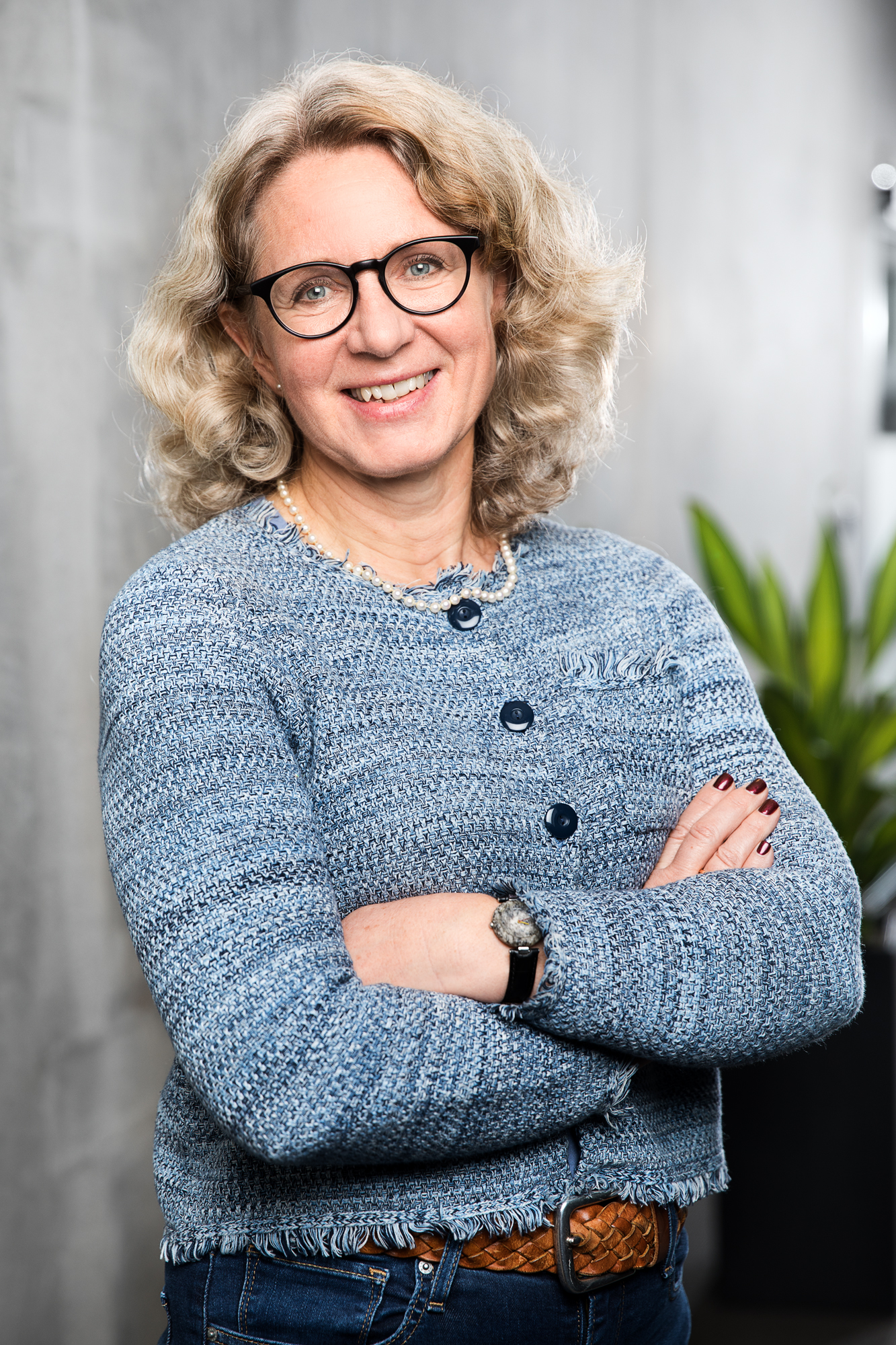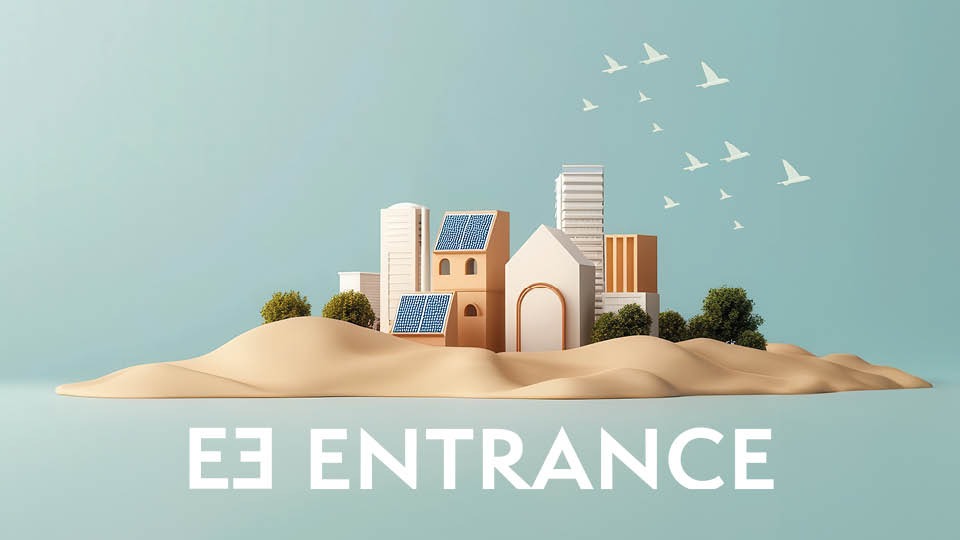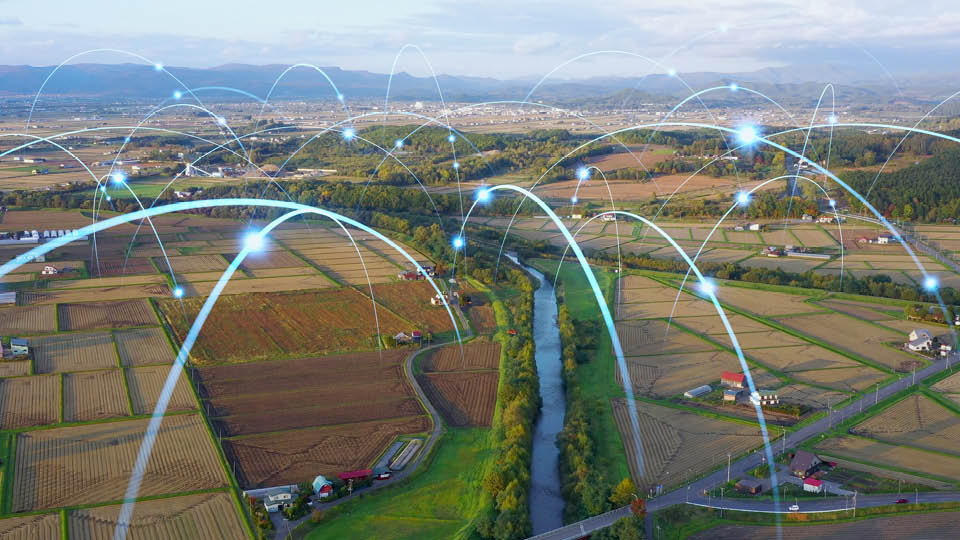Potential value chains for bio-based plastics

The goal in the EU is that 20% of plastics should be bio-based by 2030, a goal that seems distant as expected capacity and future investments in bio-based plastics only reach about 1% according to European Bioplastics. Why is the transition so slow and what is needed to speed up the development?
These are questions that will be investigated in the project “Possible value chains for bio-based plastics” granted by the Swedish Energy Agency. In the spring of 2023, Chalmers Industriteknik carried out an area analysis on bio-based plastics on behalf of BioInnovation, and the new project is based on the results of that.
The project involves a mapping of so-called drop-in plastics (bio-based alternatives to common plastics such as polyethylene (PE) and polypropylene (PP)) and two more targeted work packages on the bio-based plastics polyethylene furanoate (PEF) and polylactic acid (PLA).
The project runs between October 2023 and December 2024.



